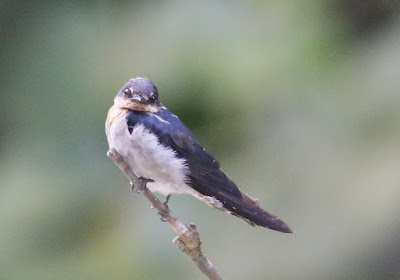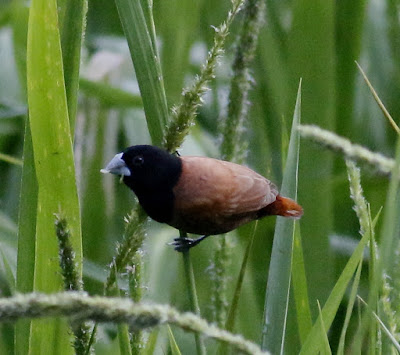 |
| Black-Browed Barbet |
 |
| Red-Throated Barbet |
 |
| Streaked Spiderhunter |
These are OHBs
 |
| Red-Headed Trogon |
 |
| White-Throated Fantail |
 |
| Lesser Racket-Tailed Drongo |
 |
| Black-and-Crimson Oriole - male |
I would go for a 'Mountain Fulvetta" on this one.
I would call this one a "Barn Swallow"
This one is a toss between a 'Himalayan Swiftlet' and a 'Black-Nest Swiftlet' but on current description of the species i will go for a 'Black-Nest Swiftlet' instead (95% sure)
 |
| Rufous-Bellied Swallow |
The last time i saw this swallow was in 2011.
These are really large pigeons but i believe they were just 'Thick-Billed Green Pigeon'
 |
| Blue-Winged Leafbird |
A sub-adult bird.
 |
| Spectacle Spiderhunter |
It looks more like a goggle and it is probably looking for a spider i believe.
 |
| Blue-Throated Bee-Eater |
This one is a male but majority seen were either females or sub-adult.
 |
| Buff-Vented Bulbul |
This bulbul has become increasing difficult to find and its status should be changed to a localised resident bulbul instead.
 |
| Gray Wagtail |
These 'Gray Wagtail' are easier to identify as compared to the one i saw at Sungai Chongkak recently.
 |
| Tiger Shrike |
This shrike was waiting patiently for insects inside a very low undergrowth.
I saw this female 'Greater Green Leafbird' screaming something at her partner
"Get down here before that branch breaks"
 |
| Greater Green Leafbird - female |
What a feminine looking leafbird !
HAPPY BIRD WATCHING !





























































